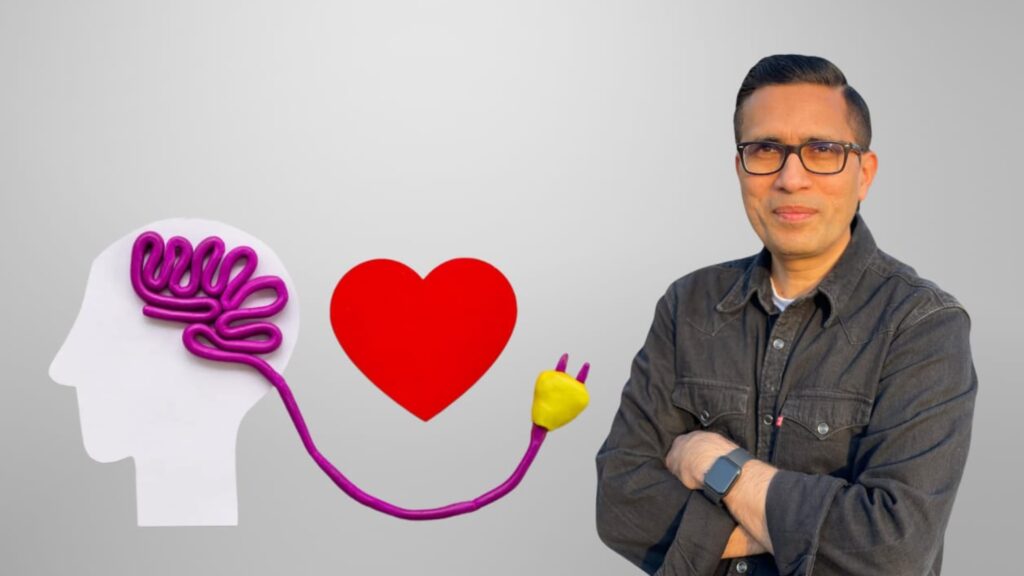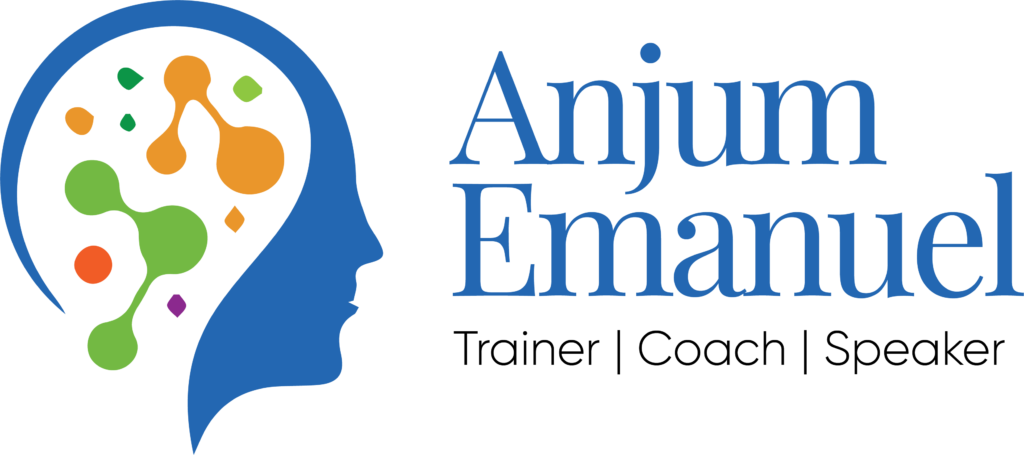Have you ever walked into a room and immediately felt distracted, tired, or tense — without quite knowing why? That’s not just in your mind. From a neuroscience perspective, it is your mind. Your workspace has a surprisingly powerful impact on your brain’s ability to function at its best. Whether you’re working from home, in a corporate office, or at your favourite local café, your surroundings are constantly sending signals to your brain. Those signals directly influence how well you focus, handle stress, make decisions, and even how creative you can be.

Why Neuroscience Says Your Workspace Matters
Your brain is a complex prediction machine. Its primary goal isn’t your productivity — it’s your survival. All day long, it scans your environment, trying to answer three key questions:
✅ Am I safe here?
✅ What should I pay attention to?
✅ How can I conserve energy?
This means even small details in your workspace trigger neurological responses that shape your thoughts, mood, and performance.
🧩 Clutter and Cognitive Load
From a neuroscience perspective, clutter isn’t just an eyesore — it’s extra data your brain must process. Every pile of papers, tangled charger, or sticky note pulls a small amount of attention. This increases your cognitive load, overloading your working memory (the system that holds and manipulates information in real time).
When your workspace is cluttered, your prefrontal cortex (responsible for planning, problem-solving, and focus) must work harder. Over time, this reduces your mental stamina, making you more prone to mistakes and fatigue.

🌱 Nature and Stress Reduction
The brain evolved in natural environments. Seeing greenery or natural materials, even in small doses, taps into what neuroscientists call biophilic responses. This lowers activity in the amygdala (the brain’s fear and stress centre) and reduces production of cortisol, your primary stress hormone.
That’s why adding a simple plant to your workspace or choosing a spot with a view of trees can quickly calm your nervous system. From a neuroscience standpoint, your brain literally interprets these natural cues as signs that you’re in a safe, resource-rich environment.
💡 Lighting, Layout and Brain Chemistry
Lighting in your workspace doesn’t just set the mood. It plays a critical role in regulating your circadian rhythm, which affects melatonin production at night and daytime levels of serotonin and dopamine — key neurotransmitters tied to mood, focus, and motivation.
Meanwhile, from a neuroscience perspective, chaotic layouts or tight, cluttered spaces keep your limbic system slightly on edge. Your brain perceives unpredictable environments as potentially unsafe, quietly shifting resources toward vigilance and away from creative or strategic thinking.
The Brain Craves Safe, Structured, Engaging Spaces
Why do all these environmental details matter so much? Because the human brain evolved to thrive in places that feel:
✅ Safe: predictable, with no hidden threats
✅ Structured: easy to navigate and understand
✅ Engaging: offering small elements of interest without overwhelming sensory systems
When your workspace doesn’t meet these basic neurological preferences — say it’s cluttered, poorly lit, or constantly noisy — your brain shifts into a mild stress response. This triggers cortisol release, narrows your focus, and over time can even shrink the hippocampus (the brain region crucial for memory).
A Few Neuroscience-Backed Workspace Tweaks
Want to start supporting your brain better today? Try these simple adjustments, each rooted in neuroscience:
🔹 Sit near a window. Natural light boosts serotonin, sharpens focus, and helps keep your circadian rhythm on track — improving sleep and next-day cognitive function.

🔹 Clear visual clutter. Reducing unnecessary items lightens the load on your prefrontal cortex, so you can use that precious energy for problem-solving instead.
🔹 Use scent or plants. Essential oils like lavender or peppermint can lower amygdala activity and reduce your perceived stress. A plant provides a small, safe focus point that engages your brain’s ancient preference for natural settings.
📸 Look Around Your Workspace Right Now

Pause and take a slow look around your workspace. From a neuroscience perspective, how is it treating your brain?
👉 Does it make you feel calm, safe, and ready to tackle important work?
👉 Or slightly on edge, distracted, and mentally drained? This isn’t just about aesthetics. Your workspace is constantly shaping your brain’s chemistry, stress levels, and even long-term neural architecture.
Ready to Rewire Your Brain — and Your Workspace?
Imagine a workspace that’s designed to support your brain at every level. One that calms your nervous system, reduces stress hormones, and keeps your prefrontal cortex clear for deep, meaningful work.
Your brain’s number one job is to protect you — not to push you to succeed. But when you give it the right support, you can go beyond survival and tap into a whole new level of focus, resilience, and performance.
🎓 That’s exactly what you’ll learn in my course, “Optimising Brain Health for Peak Performance.” Practical, science-backed strategies to train your brain, recharge your energy, and create an environment where you can truly thrive – all grounded in neuroscience
You’re not stuck with the brain you have — you can build a better one, starting today.

🎯 Take It Even Further with Your Mindset and Goals
Why stop at your workspace? True transformation happens when you combine an optimal environment with the right mindset and goal-setting strategies.
Ready to grow? Dive into my best neuroscience-based courses and unlock new levels of focus, energy, and success.
✅ Optimising Brain Health for Peak Performance — Understand the six essential pillars of brain health that will unlock your brain’s peak potential, sharpen your thinking and help reduce burnout.
✅ Overcome Limiting Beliefs from a Neuroscience Perspective — Rewire deep-seated thought patterns so you can step into greater confidence and success.
✅ Goal Setting from a Neuroscience Perspective — Learn to set goals that align with how your brain naturally stays motivated, making them far easier to achieve.
🚀 Your Next Step
From a neuroscience perspective, your workspace is never neutral. It’s either helping your brain thrive — or quietly sabotaging your focus, memory, and resilience.
👉 Click here to explore my courses and start rewiring your brain — and your workspace — for peak performance today.





